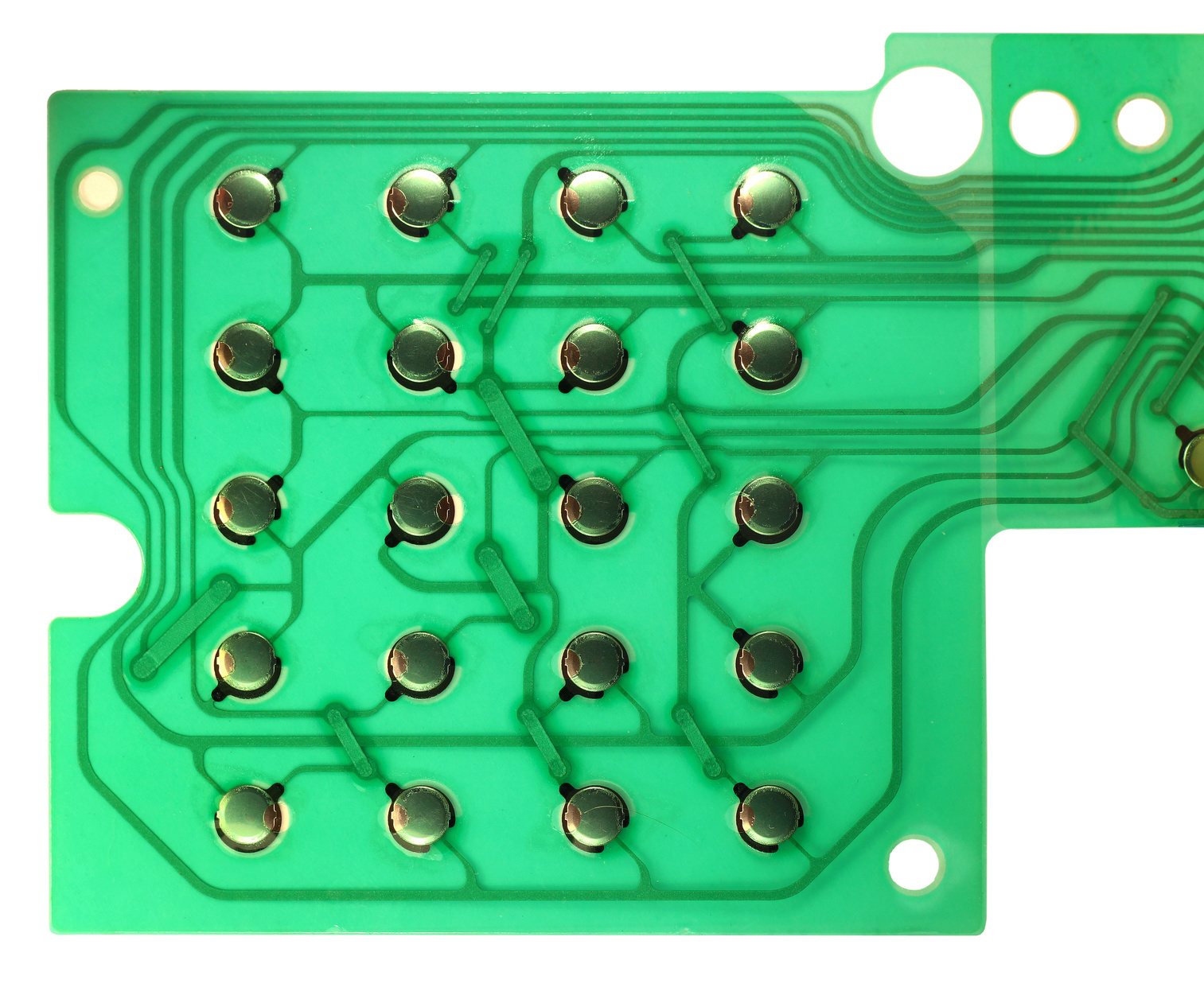Necessary Features to Try To Find When Picking a Membrane Switch
Just How Membrane Switches Over Contribute to the Longevity of Electronic Control Panels
Membrane buttons play a crucial function in improving the toughness of digital control panels, mainly through their multi-layered construction which offers effective protection against ecological elements such as dampness and dirt. The absence of relocating components substantially decreases the likelihood of mechanical failings, making membrane switches suitable for demanding applications.
Interpretation of Membrane Switches

Membrane buttons are designed to be thin and light-weight, making them ideal for applications where room is limited. They can be produced in numerous forms, dimensions, and colors, providing versatility in style that meets aesthetic and practical demands. Furthermore, membrane layer buttons can include various innovations, such as tactile comments and LED signs, improving customer experience.
Due to their building, membrane layer buttons are typically resistant to dirt, dampness, and basic wear, adding to their sturdiness popular settings. Their smooth layout not just facilitates very easy cleaning however likewise reduces the danger of mechanical failure, making them a preferred option for suppliers looking for trusted interface in their digital control board.
Protection Against Environmental Factors
The design of membrane layer switches over inherently gives a degree of protection versus different environmental elements, which is crucial for keeping performance in difficult conditions - Membrane Switch. These buttons are commonly built with layers of adaptable products that protect internal parts from dampness, dust, and contaminants. By encapsulating the wiring, membrane switches over lessen the danger of brief circuits and rust, which can substantially hinder efficiency
Additionally, the use of durable adhesives and sealants throughout manufacturing enhances their resistance to environmental difficulties. Membrane switches can endure exposure to chemicals and solvents, making them appropriate for industries such as food handling and healthcare, where hygiene and tidiness are paramount. Their smooth surface area style additionally stops the accumulation of dirt and microorganisms, assisting in simpler cleaning and maintenance.
Temperature level changes are an additional environmental problem, and membrane buttons are engineered to operate effectively throughout a large range of temperature levels (Membrane Switch). This adaptability guarantees that control board remain operational in numerous setups, from industrial atmospheres to consumer electronic devices
Influence On Customer Communication
User interaction with digital control board is dramatically affected by the design and performance of membrane layer buttons. These switches supply a responsive user interface that enhances the general user experience, permitting intuitive navigation and control. Their responsive nature makes sure that customers obtain immediate feedback upon activation, which is important for jobs calling for accuracy and performance.
Moreover, the smooth surface area of membrane layer switches over facilitates easy cleaning and maintenance, promoting individual self-confidence in the integrity of the user interface. This sanitation is specifically vital in settings where health is extremely important, such as clinical or food handling setups. Furthermore, the small and lightweight style of membrane switches contributes to the visual allure of control board, encouraging user engagement through a modern-day and streamlined appearance.
Moreover, the assimilation of visual components, such as published symbols and backlighting, assists users rapidly determine features, minimizing the learning curve associated with new devices. Because of this, customers can run gadgets better, bring about boosted efficiency and contentment. In recap, membrane layer switches play a critical role in boosting individual interaction by incorporating performance, looks, and convenience of usage, eventually leading to enhanced operational performance.
Layout Versatility and Modification
Layout versatility and customization are necessary aspects of membrane buttons, allowing manufacturers to tailor digital control panels to details applications and user demands. This adaptability permits the integration of different design aspects, such as colors, graphics, navigate to this website and textures, which can improve the aesthetic appeal and customer engagement of the control panel.
Membrane switches can be tailored in shapes and size, suiting a vast array of tools and applications, from industrial machinery to customer electronics. This convenience makes sure that suppliers can create user-friendly interfaces that line up with user expectations and functional needs. In addition, the ability to integrate one-of-a-kind features such as backlighting or tactile comments better enhances usability, permitting an extra interactive experience.
Moreover, the production process for membrane changes supports the quick prototyping of designs, allowing makers to repeat and improve their principles promptly. This capacity not just increases the growth timeline however also makes certain that the end product directory meets particular practical and visual requirements.

Cost-Effectiveness and Longevity
Cost-effectiveness and longevity are significant advantages of membrane layer switches, making them an eye-catching choice for producers and end-users alike. These buttons are normally cheaper to generate than typical mechanical buttons, primarily due to their simplified manufacturing processes and the decreased number of elements required. This expense benefit expands not just to initial production however also to lasting operational costs, as membrane layer buttons typically call for less maintenance and have a lower failure rate.
Additionally, the durability of membrane layer switches over contributes to their total value. Constructed from resilient materials, they are immune to ecological elements such as wetness, dirt, and chemicals, which can lead to premature wear in other button types. The absence of relocating components minimizes mechanical failure, enabling membrane switches to preserve functionality over extended durations.
This resilience is specifically valuable in applications needing consistent efficiency under requiring problems, such as clinical devices and industrial equipment. Ultimately, the mix of cost-effectiveness and durability makes membrane layer switches an economically practical option for suppliers, offering reliable services that withstand the test of time while optimizing financial factors to consider.
Verdict
In final thought, membrane layer buttons substantially enhance the sturdiness of electronic control panels through their durable building and protective attributes - Membrane Switch. On the whole, membrane switches represent a trusted and click this site affordable option for enhancing the long life and capability of digital control systems.